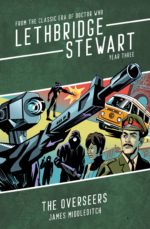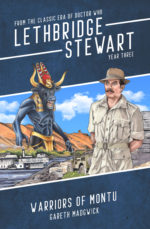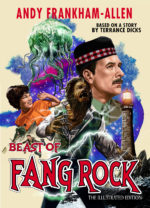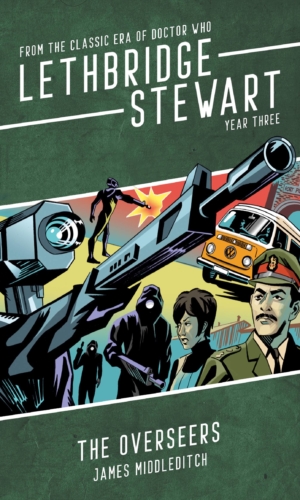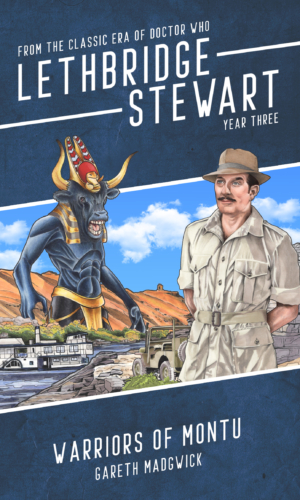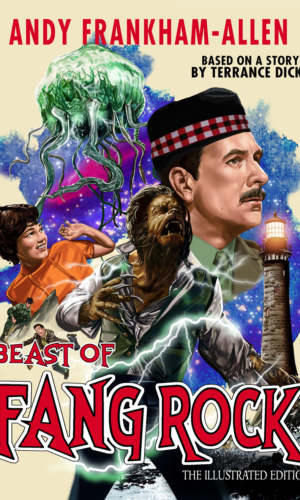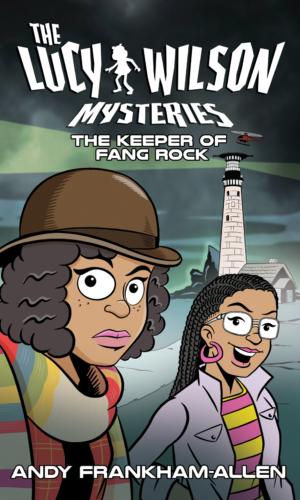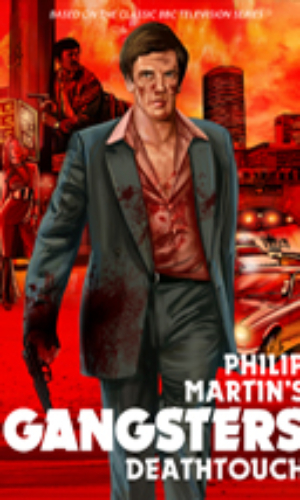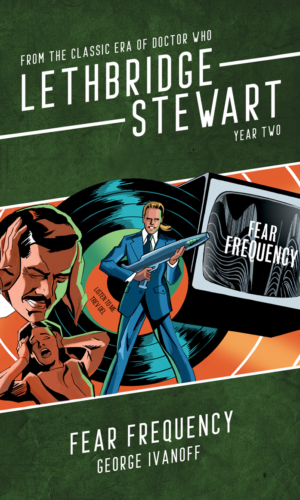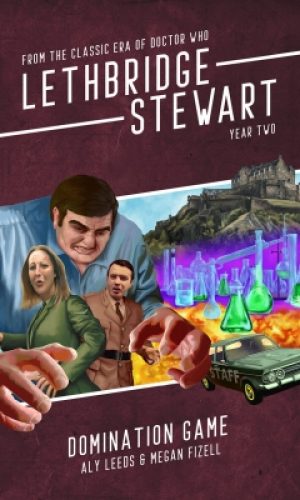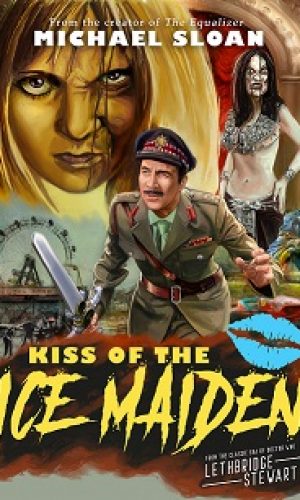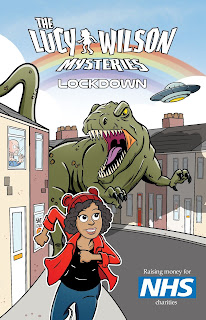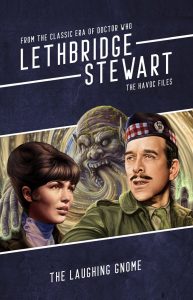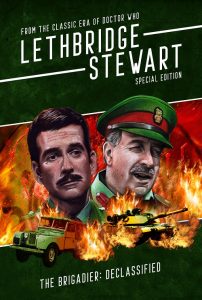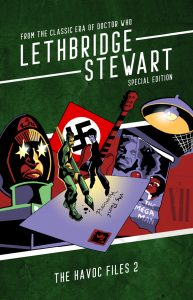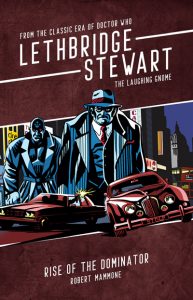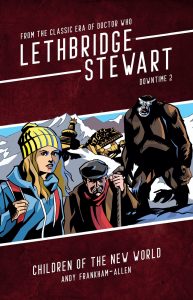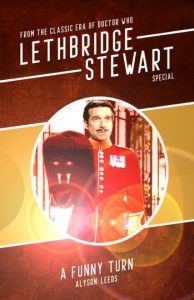Format: DVD
Warts & All: Toy Daleks and Flashlight Monsters
Quote: We have been delayed, not defeated. The Daleks are never defeated.
Review: Terry Nation delivers a script from his Dalek-story-by-numbers book, with Thals having to find their way into a Dalek base, via pipes/shafts and a jungle infested with hostile life forms, with two of the Thals a couple while another Thal develops the hots for the Doctor’s companion, and the Daleks set to unleash a weapon of mass destruction to wipe out all life on the planet’s surface. Somehow the vibrant colour palette and the way in which the familiar elements are bolted together prevents the thing from feeling like a tired retread. It’s never riveting, but it’s entertaining, with some striking visuals and some neat ideas.
Daleks enslaving the natives is nothing new, but these natives are invisible (when they’re not wearing their bright purple furs) and the Daleks are experimenting with this power of invisibility. The tropical jungle planet of Spiridon turns ultra chilly at night and is unusual in that it has a core of molten ice. Which is the kind of geology you’d expect to find in a fantasy world, but never mind, it’s an interesting enough gimmick and I half wonder if an actual science fiction author like Hal Clement might’ve been able to make that work. To be honest, my main issues are with the logic that happens within that illogical setup.
Things like the Daleks building a massive refrigeration unit to freeze their entire 10,000-strong toy Dalek army deep inside a volatile icecano, the Daleks going all out to hunt down the Thals and the Doctor et al even while they’re preparing to release their totally life-destroying virus, which by the way they keep in a fish tank that is easily pushed over. By an invisible Spiridon who, er, chooses to sneak into their base by pretending to be one of the enslaved locals in a shiny purple fur coat rather than, I dunno, sneaking inside *invisible*. Indeed, beyond some CSO trickery with a bowl and a stick and some other floaty objects, plus the neat idea of an invisible Dalek with ‘light-ray sickness’ and a rather nice cliffhanger ending involving the Doctor and a can of spray paint, the invisibility angle is not really explored or exploited. Points though for giving the planet a variety of terrain – with plains of stones as well as the jungle. The jungle is studio-bound and not a patch on the one in Planet Of Evil, but it’s not too bad and the filmed location work is as good as any other quarry, but it doesn’t exactly blend with the studio footage of what’s supposed to be the same rough locale. The scenes on this plain of stones are rendered most cringeworthy by the predators which surround the camp fire at night. It’s the stuff of bad cartoons, brought to horrible unconvincing life. I mean, less convincing than the romance between Jo and her Thal beau. That bad. Perhaps the strangest thing about this story though is that in spite of the myriad bits of rubbishness, I actually quite enjoyed it on the whole.
Pertwee gets several nice speeches, Jo gets a spell of intrepidness venturing out on her own in the early stages, there are some decent actors among the Thals – notably Bernard Horsfall and Tim Preece and Jane How aren’t bad with the limited material. Okay, there’s also Prentis Hancock, but I’m trying to focus on the good points here. It’s colourful, as I say, and packed with the stuff of Boys’ Own Adventure – complete with that especially memorable cliffhanger with the Doctor and Thals set to make their escape in a hastily improvised hot-air balloon. There’s a really cool Supreme Dalek, a lovely black and gold with a flashy eyestalk, who turns up in the final reel to take charge a bit before delivering a speech that Terry Nation can expand upon later in Genesis Of The Daleks.
The Dalek spaceship model is pretty well shot and Maloney does a fair job of challenging scenes such as the Dalek floating up the shaft after the rogue ballooners. And yeah the toy Daleks are toy Daleks but he has a go at investing those shots with a dash of atmosphere, which mitigates them some. And at least I feel like I learned something: namely, that if ever I find my arm covered with strange alien porridge oats, the best survival technique is to coat it in melted chocolate.
But as serials (ahem) go, this is more like Lucky Charms, full of colourful sugary crap and not much in the way of nutrition or substance, but somehow you find yourself going back for another bowlful. Individual servings are quite fun and reasonably filling. It’s rubbish but it’s quite exciting rubbish.



